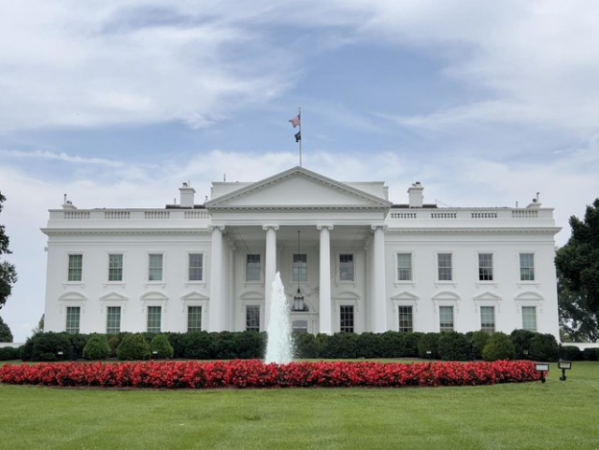
Washington: Despite a thorough FBI crime lab analysis of the cocaine baggie discovered in a White House lobby last week, neither fingerprints nor DNA were discovered there, and surveillance video of the area failed to identify a suspect, according to a summary of the Secret Service investigation obtained by The Associated Press. On the person who brought the drugs into the building, there are no leads.
During a routine sweep of the White House on July 2, US Secret Service agents discovered the white powder in a busy West Wing lobby where staff members come in and out and tour groups congregate to leave their phones and other belongings.
Secret Service officials stated in the summary that the investigation would not be able to identify a person of interest from among the hundreds of people who passed through the vestibule where the cocaine was found without physical evidence.
Also Read: Biden will host the president of Israel at the White House on TuesdayG20 Meeting Provides Opportunity for Indian and Saudi Businesses to Collaborate
Republicans criticised and questioned the White House's use of cocaine, and they asked for a briefing on the investigation on Thursday. President Joe Biden, according to White House press secretary Karine Jean-Pierre, thought it was "incredibly important" for the Secret Service to figure out how the drugs got into the White House.
When the discovery was made, Biden wasn't present. He spent the long weekend at Camp David with members of his family.
The moment the white powder was discovered, the complex was briefly evacuated as a precaution. The substance was immediately tested for hazard by the fire department, and the results showed that it was not a biohazard but that cocaine was present.
The White House's security is the responsibility of the Secret Service, which is also in charge of the investigation. The bag was sent to a different lab for a more delicate analysis. The item was examined for any biothreats by the National Biodefense Analysis and Countermeasures Centre of Homeland Security. The results of tests carried out at the facility were negative, officially confirming that the substance posed no biological threat.
Also Read: Nepal Bans 'Non-Essential' Helicopter Flights After Tragic Crash
Staff-led West Wing tours are also available in the lobby and are scheduled for weekends and evenings when there are no scheduled working hours. For friends, family, and other visitors, the White House staff leads those tours, which are only available by invitation. The majority of complex employees are able to request a time slot for an evening or weekend tour, but there is frequently a long wait list. On the day the drugs were discovered, a Sunday, as well as the two days before, there were tours.
The FBI's crime laboratory conducted additional forensics testing on the cocaine and packaging, including cutting-edge fingerprint and DNA analysis, according to the summary. The FBI also conducted chemical analyses.
Secret Service investigators compiled a list of several hundred people who might have had access to the location where the drugs were found in the interim. Before entering, visitors to the White House are required to provide identification and go through security.
Also Read: ASEAN 'can't be a proxy' for any nation, the Indonesian president cautions
However, since latent DNA or fingerprints were not discovered in the lab, agents are unable to compare anything to the list of potential suspects. Staff at the White House undergo fingerprinting, but visitors to tour groups do not.
The Secret Service claimed that video taken at the lobby entrance on West Executive street did not identify the subject or yield any reliable leads for further investigation.